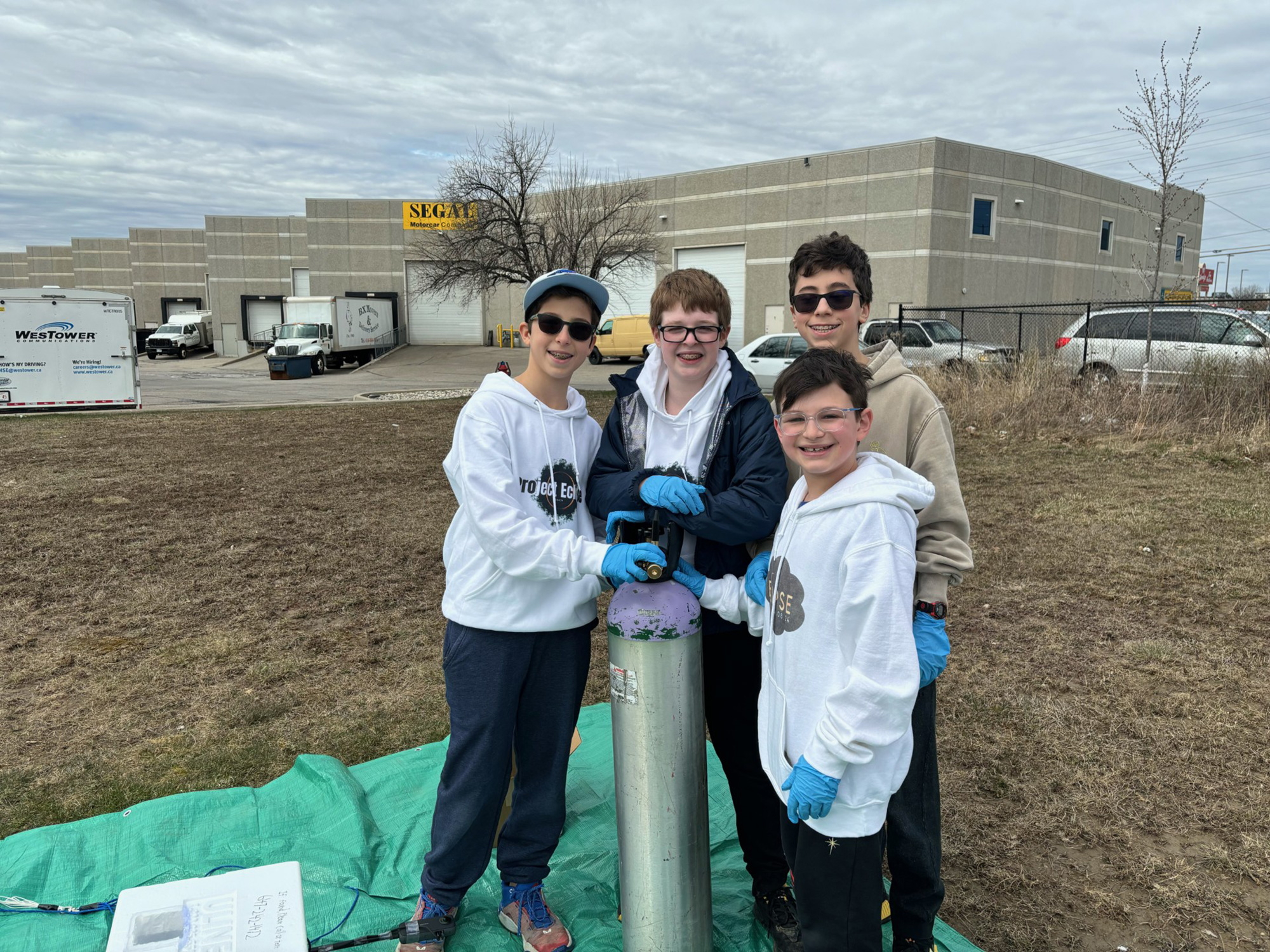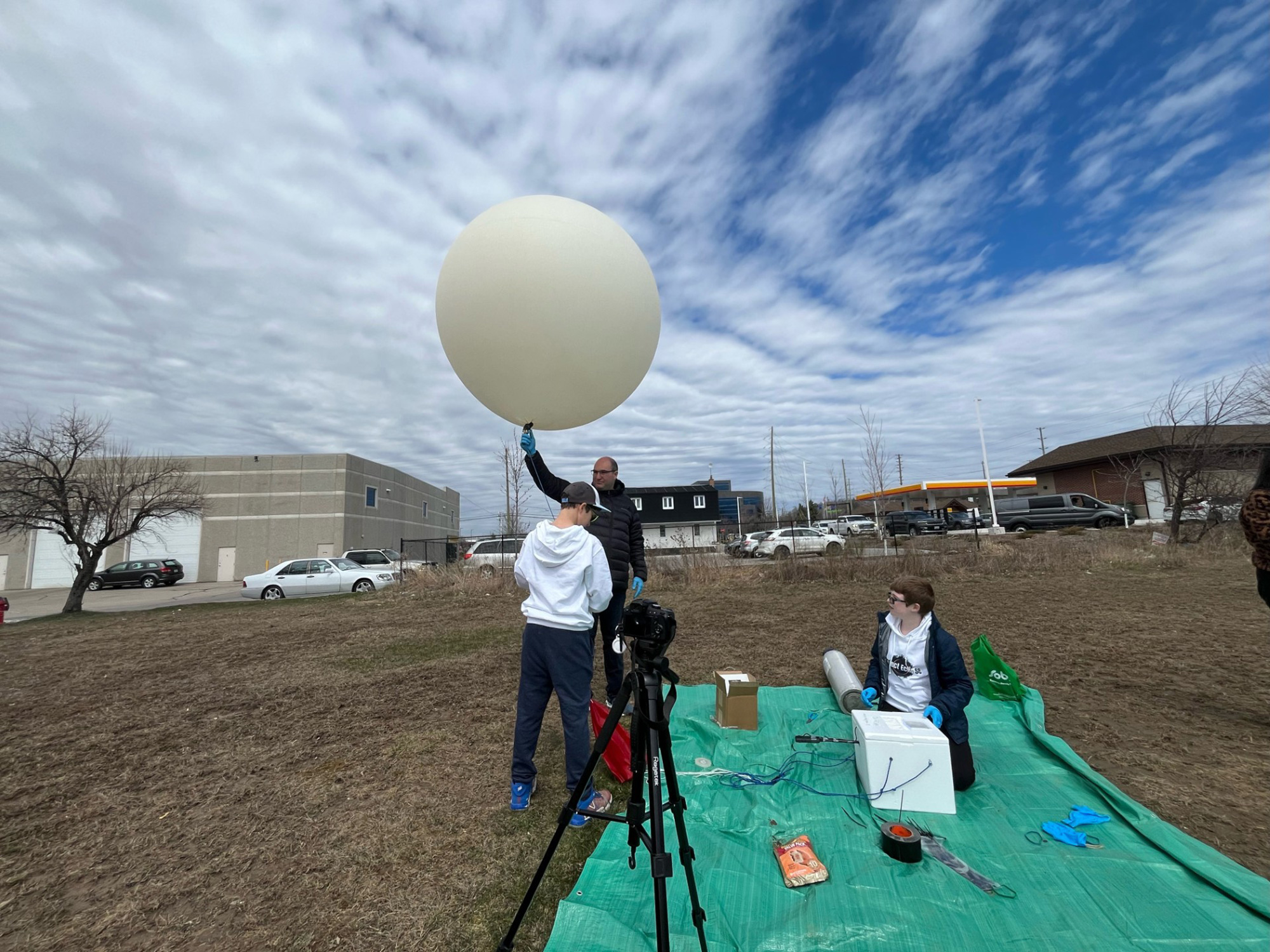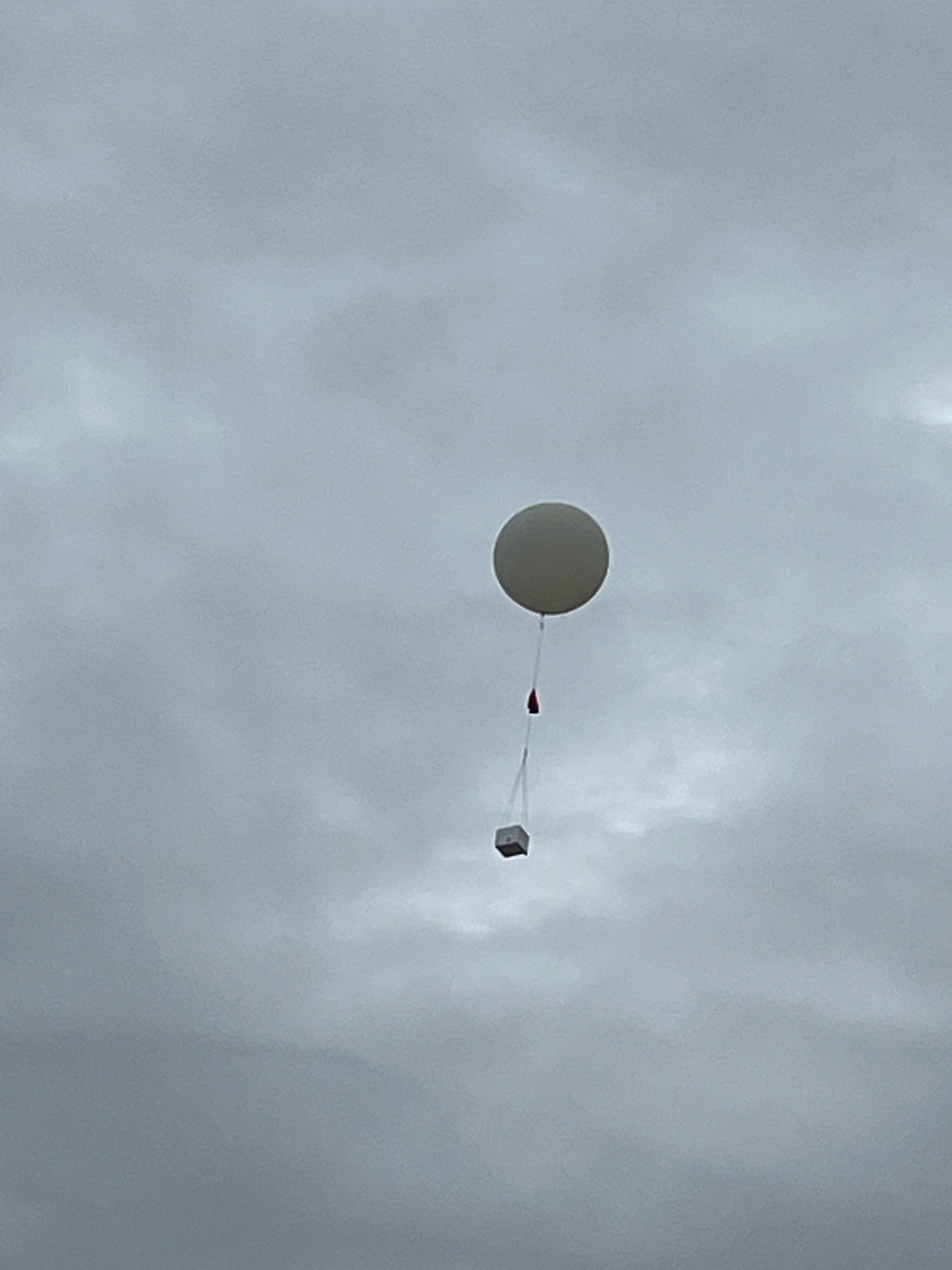A total solar eclipse swept across North America, plunging parts of Mexico, the United States and Canada into darkness in the middle of the day as the moon blocked the sun.
Large crowds gathered along the path of totality for eclipse events.
Here are some of the highlights:
- Mexico: Mazatlán, on Mexico’s Pacific Coast, was the first city to experience totality, which lasted about 4 minutes. After that, crowds in Torreón cheered and took photos of the eclipse. One person told CNN that she was excited for her city to host people from around the world for the event.
- Texas: While the weather was cloudy in Kerrville, the crowd cheered and clapped during moments when the sky cleared, revealing the epic view. Staff at the Dallas Zoo said some animals changed their behavior. The flamingos gathered in the middle of the pond and the penguins also all clustered together, a zoo employee said. In Fredericksburg, temperatures dropped from sweltering humidity to the chill of midnight in mere minutes.
- Arkansas: In Russellville, hundreds of couples said "I do" right before totality in a mass wedding ceremony. Once the total eclipse happened, some cried, some hugged and kissed, and most took in the sight of the total eclipse in a hushed appreciation — different from the cheering and screaming of other locations.
- Ohio: There were multiple large events across Cleveland. The largest event was at the Great Lakes Science Center and NASA's Glenn Visitor Center (NASA's Glenn Research Center is the only NASA facility in the path of totality). Across Ohio, as with select other places in the path of totality, some events at state parks featured a device that allowed people with blindness and low vision to hear the eclipse.
- Vermont: In Stowe, a couple got engaged live on CNN. The perfectly timed moment happened as the moon covered the sun, and the crowd erupted in cheers for the couple and the rare solar event.
What happens next: The next total solar eclipse will be in August 2026, NASA says. It will be visible in Greenland, Iceland, Spain, Russia, and a small area of Portugal. Another total solar eclipse won’t be visible across the contiguous US again until August 2044. In October 2024, there will be an annular eclipse visible in South America, according to NASA.
Click this video below to see highlights from today's spectacle.











